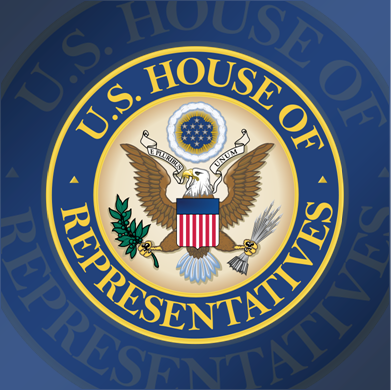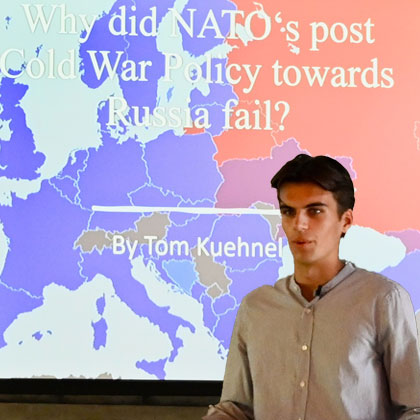DoD officials discuss WMDs, new threats
On March 23, senior defense officials spoke before the House Committee on Armed Services on the subject of traditional weapons of mass destruction and the use of new synthetic biological tools.
Dr. Arthur T. Hopkins, acting assistant secretary for nuclear, chemical and biological defense programs, testified on the Department of Defense’s (DoD) expanding responsibilities in countering WMD. While the focus used to be nuclear deterrence, programs now include chemical and biological defense, chemical demilitarization, and reducing the threat of improvised explosive devices.
According to Hopkins, synthetic biology, defined as using sophisticated techniques and tools to sequence, synthesize and manipulate genetic material, can be used for both adversarial and peaceful purposes. “The same tools of synthetic biology that we’re concerned about as being capable of being used against us, we are also using in the laboratories to help develop countermeasures,” said Hopkins. He went on to say that the department has asked the National Academy of Sciences to produce an interagency study of potential impacts on national security, including when potential threats might arise and how the DoD can react should there be a threat.
Also speaking were Peter Verga, performing the duties of the assistant secretary of defense for homeland defense and global security, who spoke on threats posed by North Korea and ISIS, and Shari Durand, acting director of the Defense Threat Reduction Agency, who testified on the need for an early-warning system for chemical and biological weapons.
For more information on this topic, please follow the links below.
DoD Officials Discuss Countering WMD, Threats Posed By Synthetic Biology, DoD News
High Consequences and Uncertain Threats: Reviewing Department of Defense Strategy, Policy, and Programs or Countering Weapons of Mass Destruction for Fiscal Year 2018, House Committee on Armed Services

Posted: March 29, 2017 by Simons Center
READ THE LATEST UPDATES FROM THE SIMONS CENTER
"*" indicates required fields


